This Dutch parliamentary election sees fierce competition between the traditional power, the VVD party, and the new wind called the NSC. Who will win?
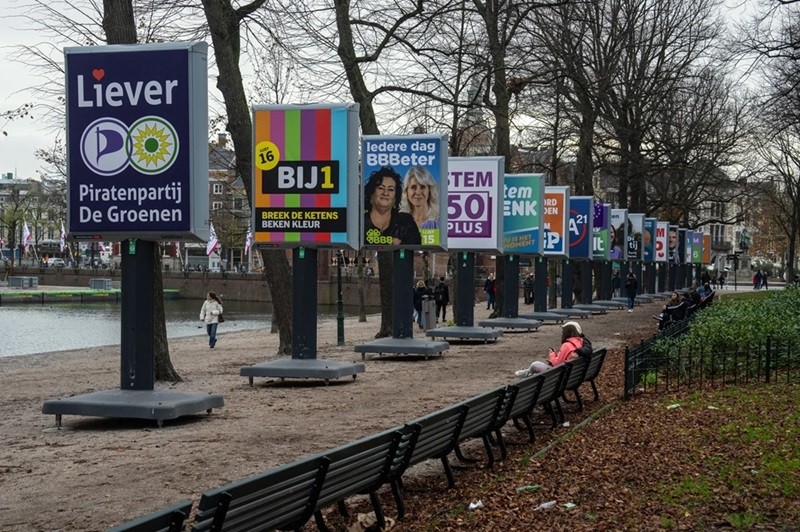 |
| The 2023 Dutch parliamentary elections will see a surge of new faces as Mark Rutte steps down from office. (Source: Getty Images) |
On October 22, Dutch voters will exercise their right to vote for a new parliament. The first thing the 150 new MPs will do is find a veteran politician to consult with about potential coalitions. Once a final choice is made, the figure in question will choose a “founder,” usually the leader of the largest party. This politician is responsible for forming a governing coalition and working toward forming a government. This complex process can take months, or even nearly a year, as Mark Rutte did two years ago.
But now the politician is entering his final days as caretaker leader. Last summer, after 13 years in office, he resigned as prime minister when his cabinet collapsed over a disagreement over immigration. But inheriting and maintaining his vast legacy will be a daunting task for his successor.
Two potential candidates for the prime minister's seat have now emerged. Notably, this is their first time running for office.
The most anticipated figure is Ms. Dilan Yeşilgöz, Mr. Rutte's successor as leader of the ruling People's Party for Freedom and Democracy (VVD). Born to a Kurdish refugee family, she has taken a tough stance on immigration and pledged to reform the current asylum system. In a survey by Ipsos (USA) , VVD leads with 18% of the support. A victory would help her make history as the first female prime minister of the Netherlands.
However, she is being closely pursued by Pieter Omtzigt, a centrist politician who rose to prominence by criticizing the government’s shortcomings. Despite being founded just three months ago, his New Social Contract (NSC) party has already received 18% of the vote, on par with the VVD. But it is unclear whether he will seek the hot seat himself.
In the latest polls, no party has won 20% of the vote. Therefore, a majority coalition will consist of at least three, if not more. This makes smaller parties no less important. The Labour-Green Alliance (PvdA-CL), led by former EU climate commissioner Frans Timmermans, is one of them. He calls for a new income tax and a 65% reduction in national greenhouse gas emissions by 2030, higher than the EU (55%). According to Ipsos , PvdA-CL has 16% of the support and is in third place.
Geert Wilders of the Party for Freedom (PVV) is also a figure not to be missed. He has been the longest-serving MP for 25 years, but his anti-Islam and anti-EU stance has kept his right-wing party out of government. This year, he is ready to “tone down” and join new coalitions. According to the Ipsos survey, the PVV is in fourth place with 13% of the vote. Another centrist party, the Peasants-Citizens Movement (BBB), is behind the PVV with 6%.
There are several possible scenarios. Unlike Mr Rutte, Ms Yeşilgöz has left open the possibility of working with Mr Wilders. This scenario could lead to the formation of a coalition of three centrist parties (VVD, NSC, BBB) and one right-wing party (PVV). However, Mr Omtzigt has insisted that he will not work with Mr Wilders because he wants a government that “respects basic human rights and values”.
This opens up the prospect of a minority coalition, in which the VVD, the NSC or even the BBB could be supported by the PVV. However, Ms Yeşilgöz does not want to lead a minority government if she wins.
In previous elections, a large number of voters usually made their decisions only before election day. In this context, with the VVD and NSC in such a tight race, and the rise of PvdA-CL and PVV, the Dutch election promises to be exciting until the last minute.
Source


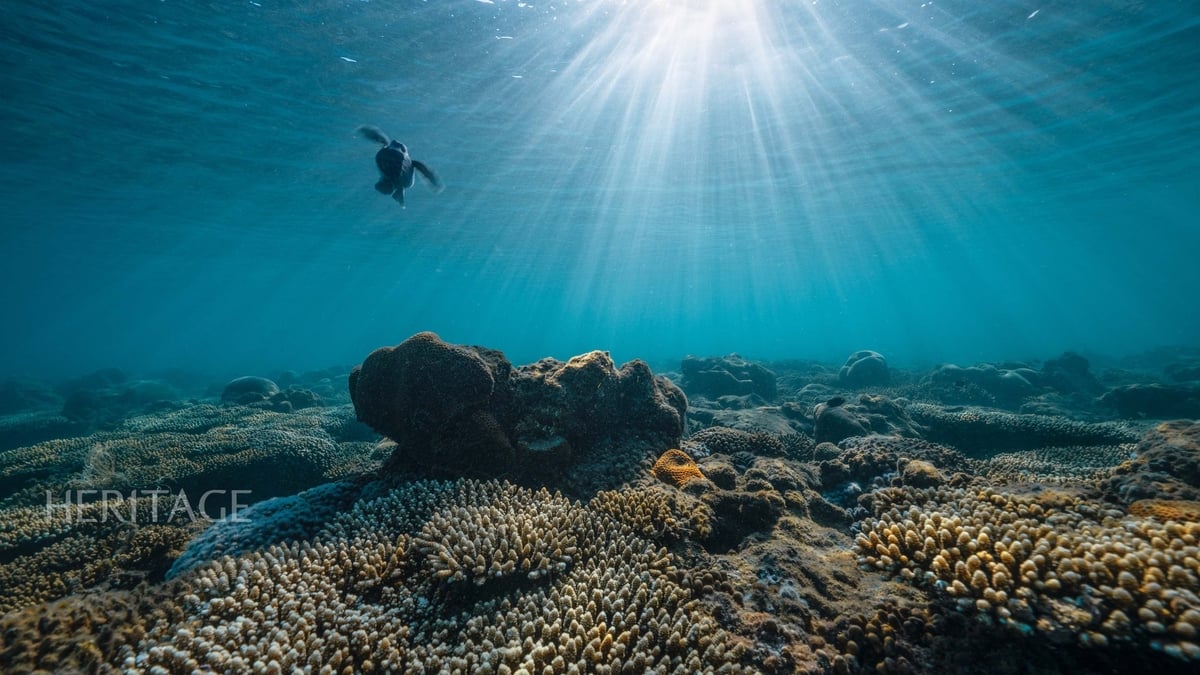

![[Photo] General Secretary attends the parade to celebrate the 80th anniversary of the victory over fascism in Kazakhstan](https://vphoto.vietnam.vn/thumb/1200x675/vietnam/resource/IMAGE/2025/5/7/dff91c3c47f74a2da459e316831988ad)

![[Photo] Prime Minister Pham Minh Chinh receives delegation from the US-China Economic and Security Review Commission of the US Congress](https://vphoto.vietnam.vn/thumb/1200x675/vietnam/resource/IMAGE/2025/5/7/ff6eff0ccbbd4b1796724cb05110feb0)
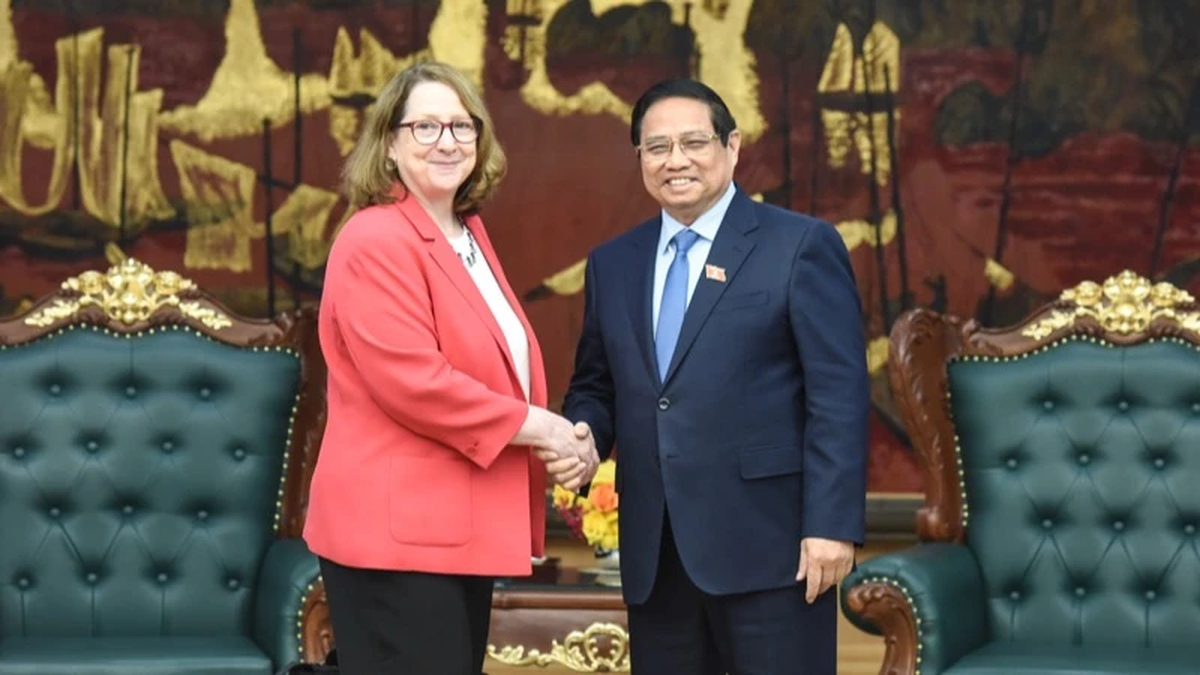



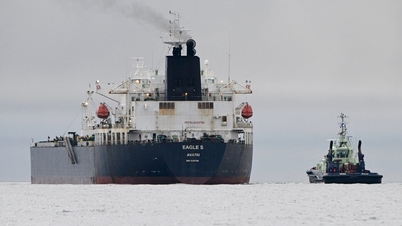



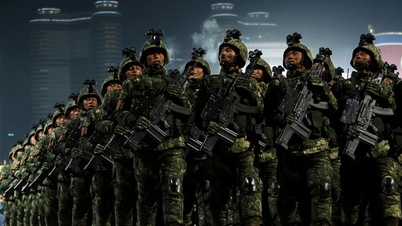
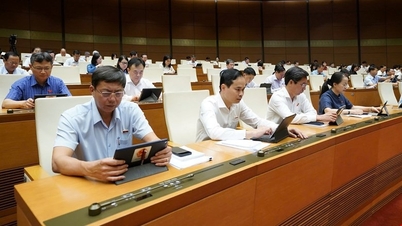
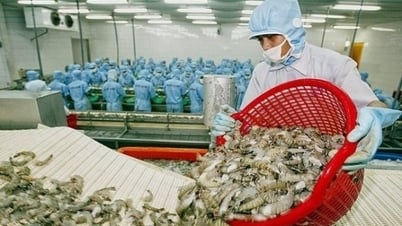
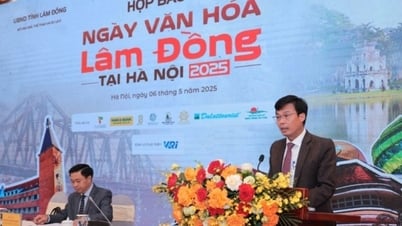
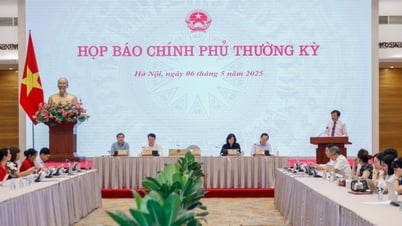
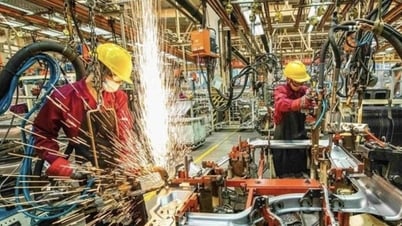
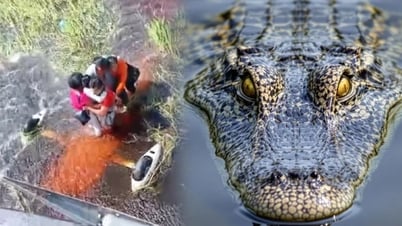


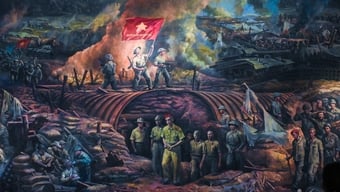

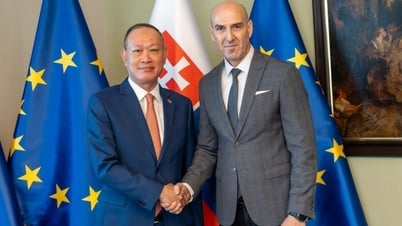

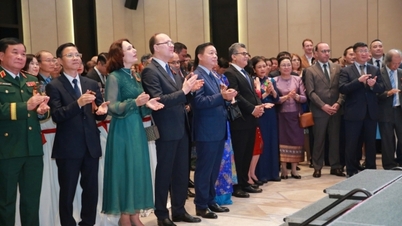
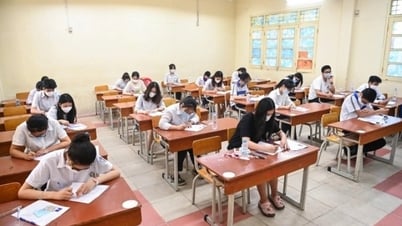
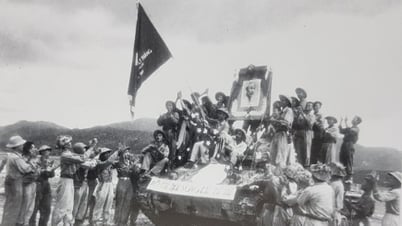

![[Photo] Sparkling lanterns to celebrate Vesak 2025](https://vphoto.vietnam.vn/thumb/1200x675/vietnam/resource/IMAGE/2025/5/7/a6c8ff3bef964a2f90c6fab80ae197c3)
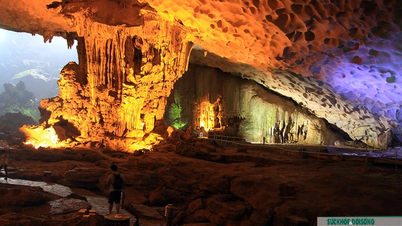

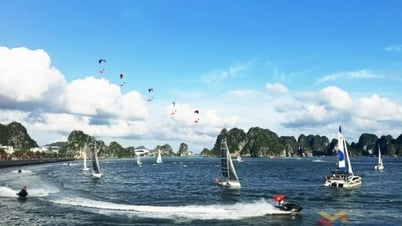

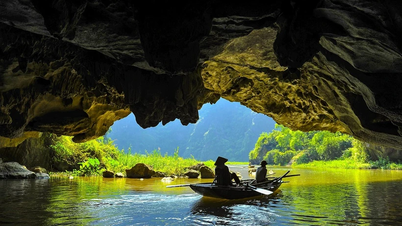

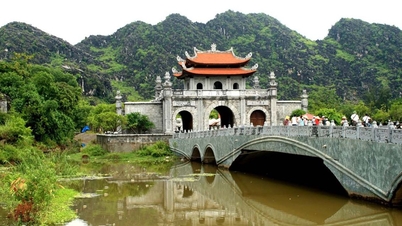



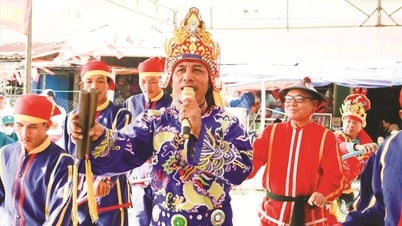




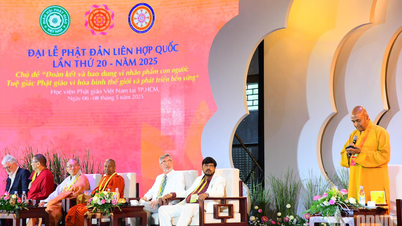


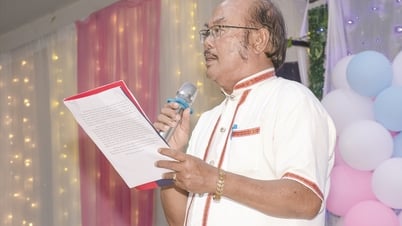
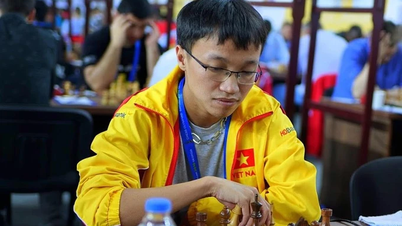

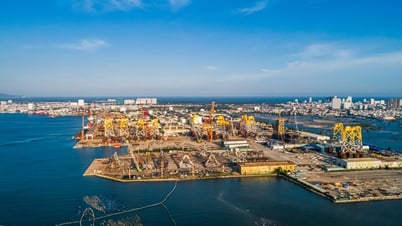





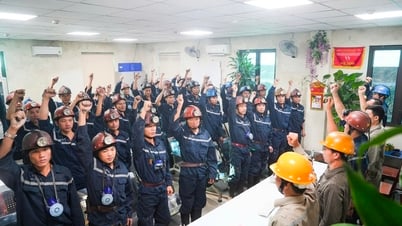

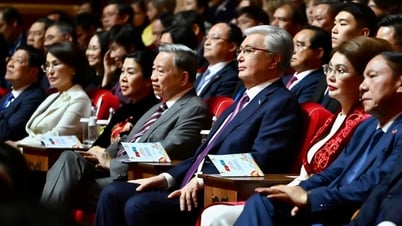


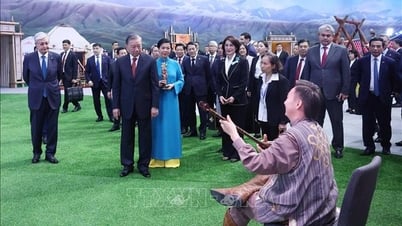
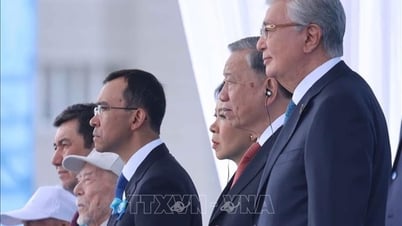
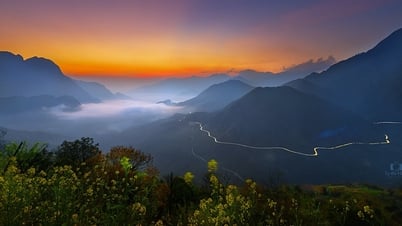
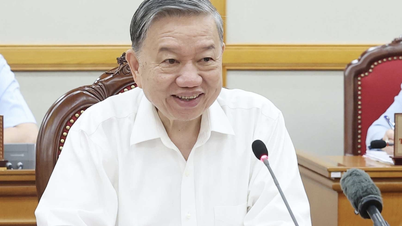
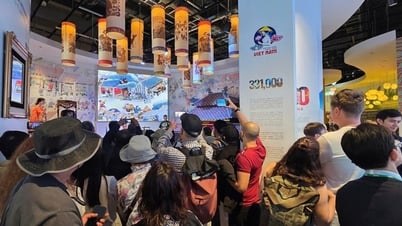

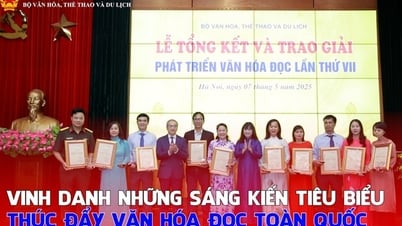
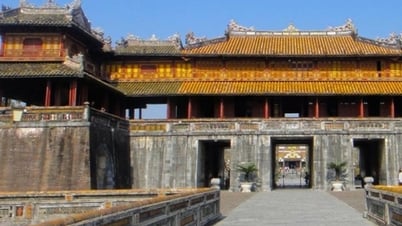
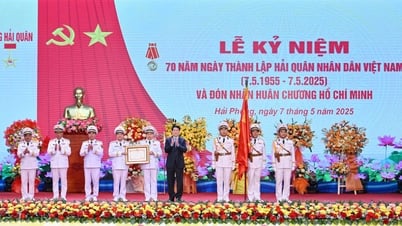

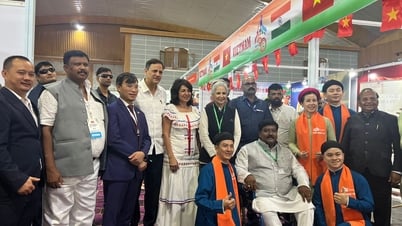

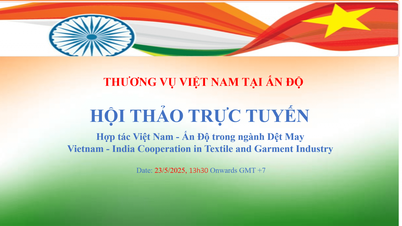
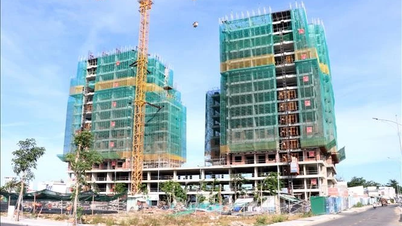

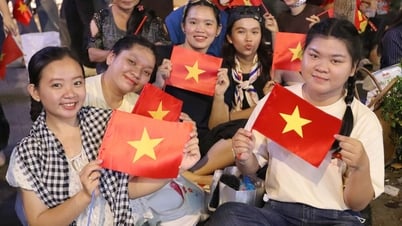



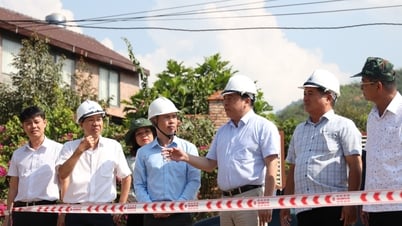
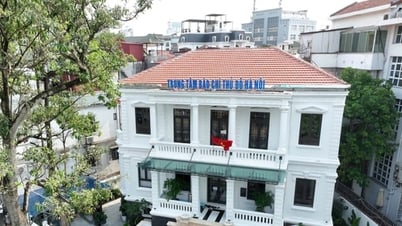

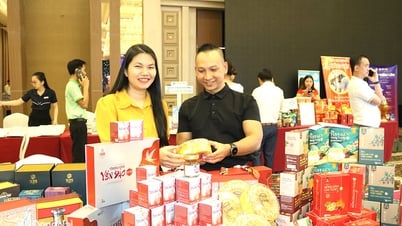







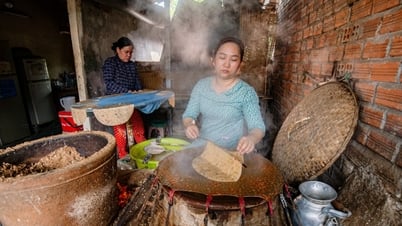

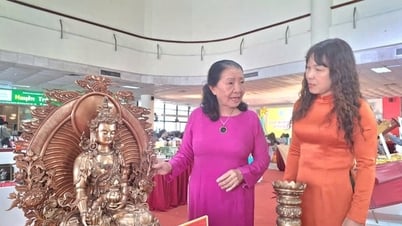


Comment (0)